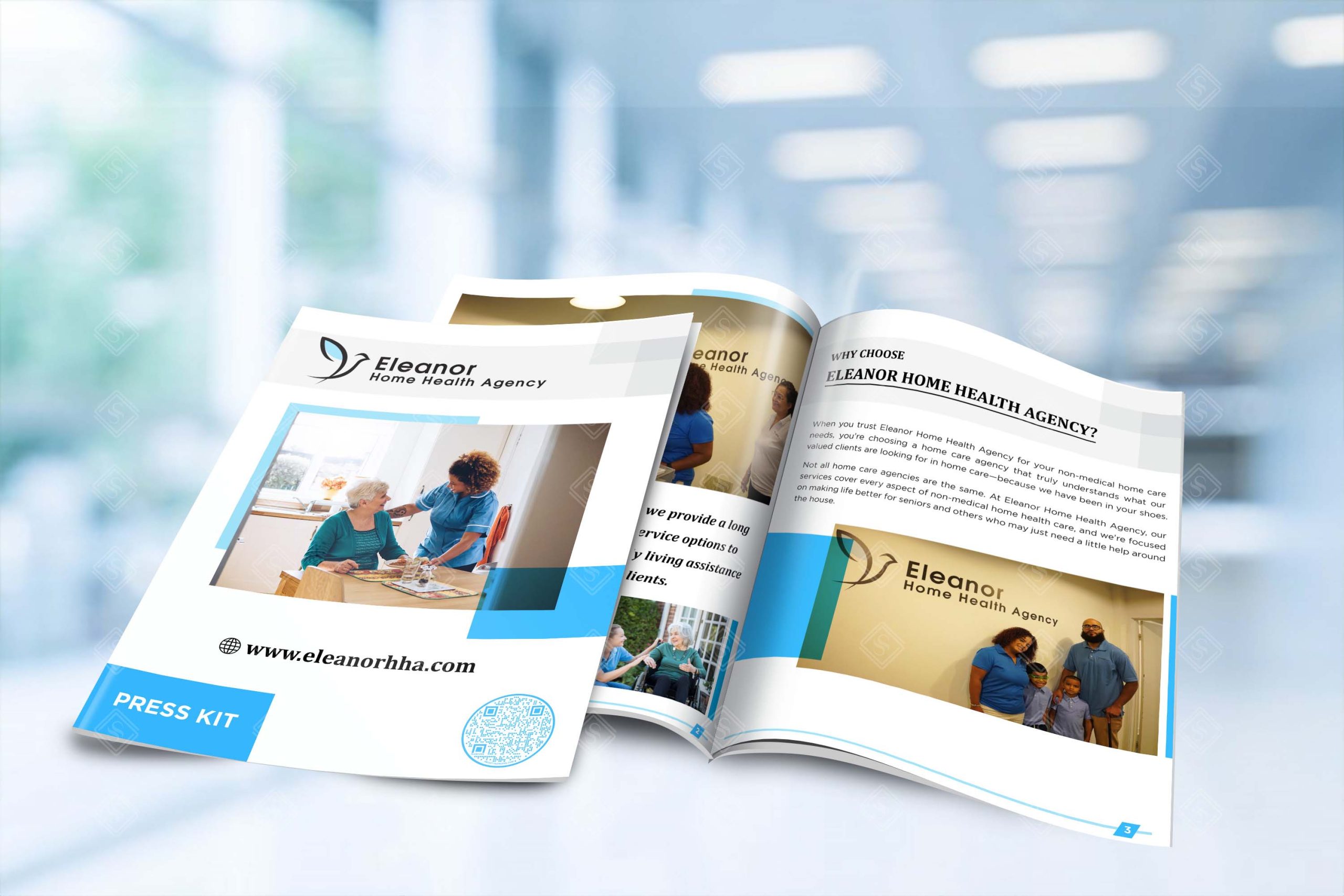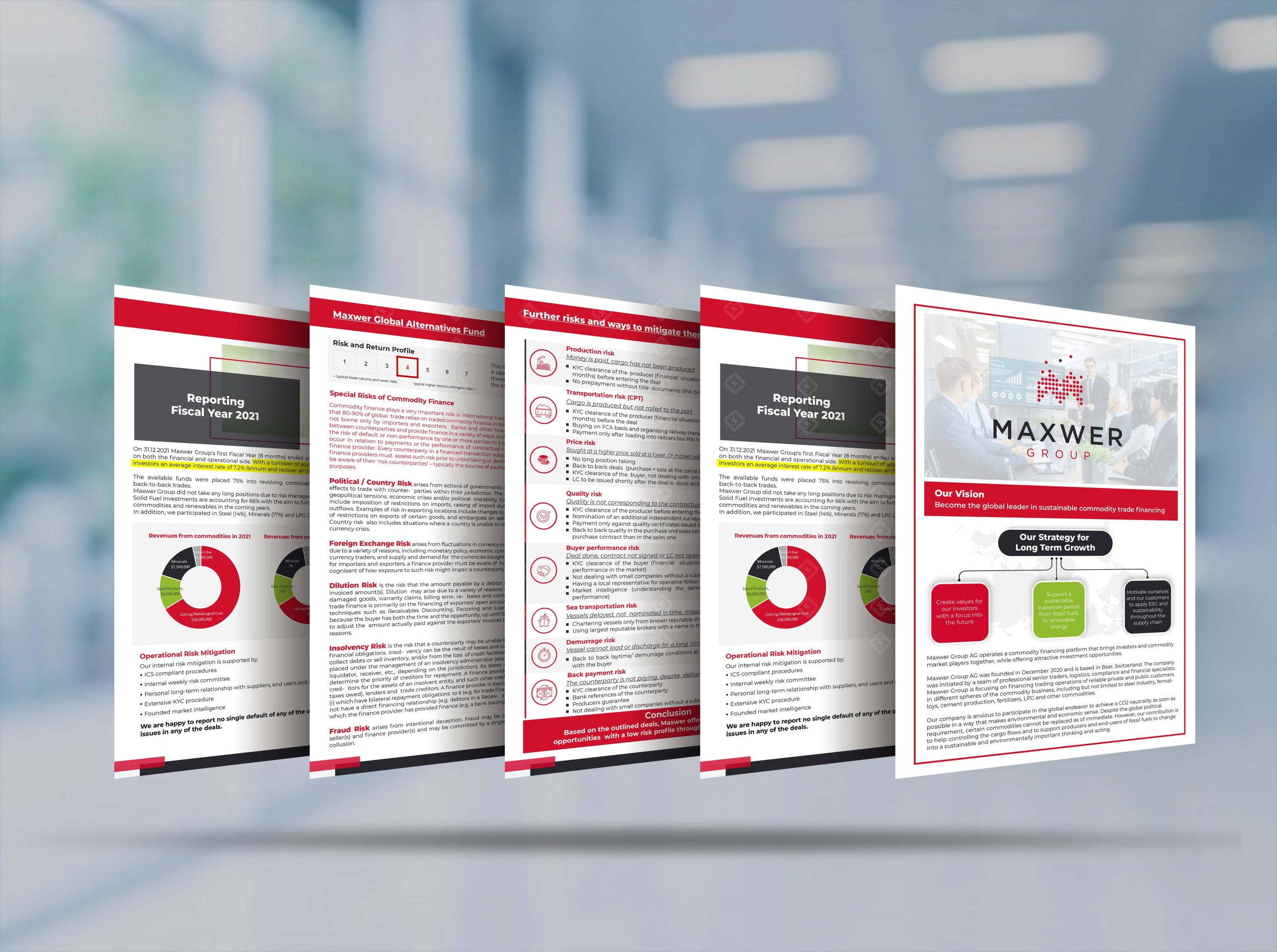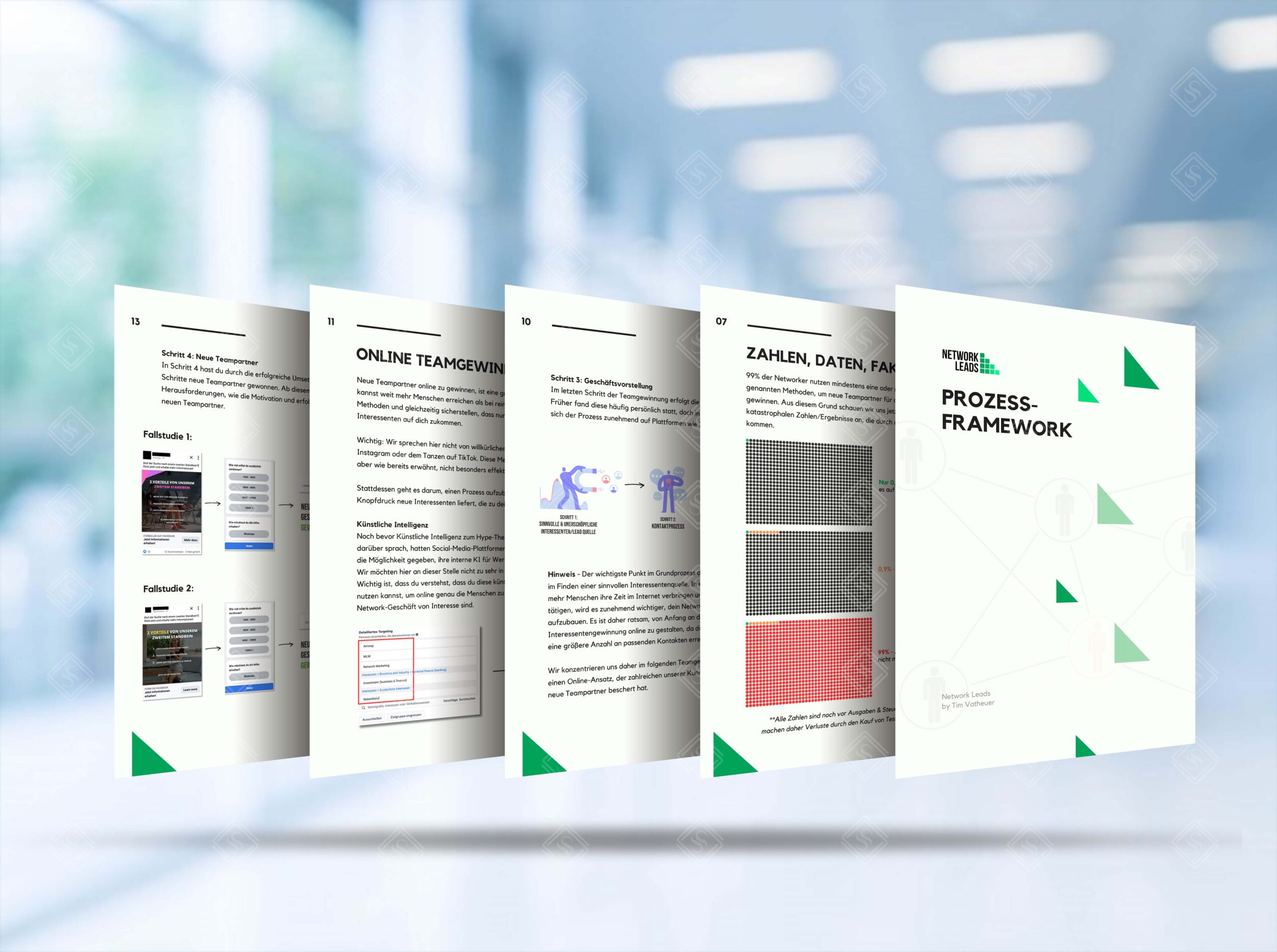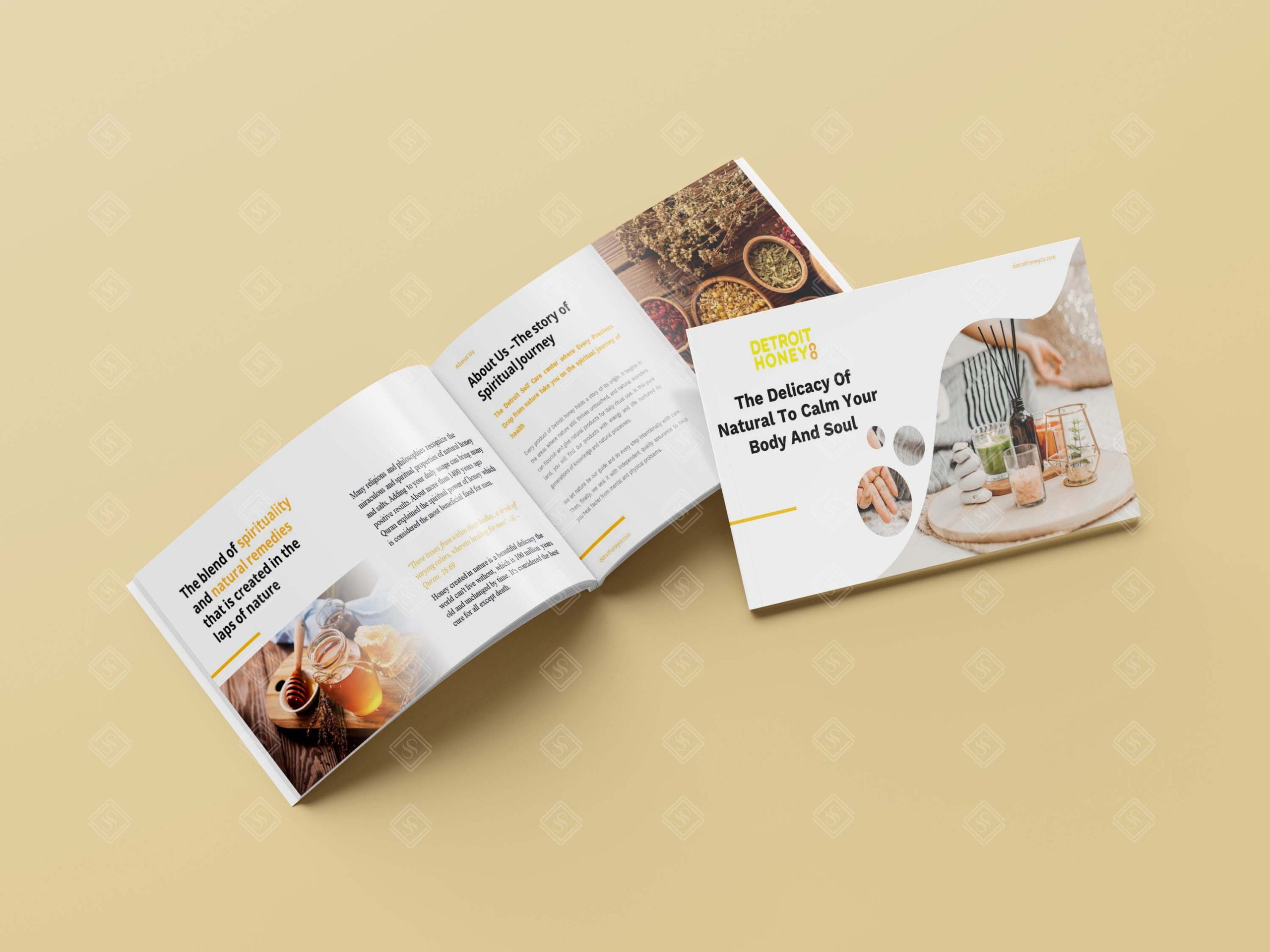
How to Design an Ebook That Engages Readers?
An E-book, short for electronic book, is a digital version of a printed book. It consists of text, images, or both, and can be read on various electronic devices like computers, tablets, smartphones, or dedicated e-readers. The use of the internet to access information is referred to as the digital age, and E-books are among the most popular types.
Defining Your Target Audience
Pinpoint your ideal reader. Who are they? Who do they care for? It is important to comprehend their tendencies, difficulties, and aspirations. All these design preferences will be informed by this knowledge.
Identifying E-book Objectives
Identify the goals that you want to achieve with your E-book, what do you hope to get? Is it to pass a new knowledge, gather contacts or simply sell something? The content and design that your E-book will possess will be informed by your objectives and aims.
Aligning Design with Audience Preferences and Goals
Your design should communicate with your audience and should complement the purpose of your E-book. Select pictures, styles and formats which are likeable to readers and assist them in accomplishing their objectives. Proper alignment helps in keeping the readers interested and shifts the mood of the readers to convince them.
Choosing an Appealing Cover Images
The cover is the first and, perhaps, the only opportunity to influence the reader who will choose your E-book. It is a call to action that takes place on the electronic shelf that attracts potential readers to peruse more of the item that is being advertised. It rouses interest, and there is no denying that a good cover draws eyes. This is the first time you get a chance to engage your targeted audience and make an impression.

Essential Elements Of A Strong Cover (title, author, image)
A strong cover should also be well-designed and cohesive. The title, author, and image should work together to create a unified and appealing design.
- Guiding Principles For Making Effective Covers: There are some basic principles for strong cover designs. The overall layout, colour and style, and typography are components that influence the decision to choose a cover that would be connected with the readers.
- Visual Hierarchy: The cover is an important element of any Book it must direct the readers’ vision to some principal features. The title should be more prominent than the author’s name and supporting images.
- Colour Psychology: Many people have preferences in colors and many things are associated with some colors. Select the colors, which will correlate with the genre, tone, and even the audience from your book.
- Typography: Font selection is crucial. The typeface should harmonise with the overall conception of the cover and remain readable at the same time.

Ideas to Boost Readability and Aesthetics
An E-book should be aesthetically appealing; this means it should be comfortable on the eyes as well as fun to read. And, when done right with the composition of the layout, the choice of the visuals, and the text, you offer the reader an engaging experience.
Layout and Formatting Basics
Good E-book design begins with a good foundation. Appropriate presentation tells your readers where to look, how to comprehend, and where they are in the material. It is like giving your readers a blueprint of how they will be manoeuvring through your writing.
- Selecting the Proper Font and the Appropriate Font Size: Choosing the right font and the appropriate size to use is pretty important and would enhance the aspect of easier reading. The font type gives the E-book a personality and at the same time makes the texts easy and comfortable to read.
- The Functionality of the White Space: Don’t crowd your pages! As with most things in life, white space is your design’s best friend. It enhances the look, makes things easier to follow, and allows your content some breathing room.
- Incorporating Visuals (Images, Infographics): Images and infographics help make the content more interesting, explain intricate information in detail, and also enhance the overall appearance of your E-book.
Designing an Effective Scheme of Content Presentation
Understanding E-book organization is very important in making readers hooked on your E-book. When a few sets of files are compiled and published together it forms an E-book that is easily understandable and not complex. In other words, while writing, one ought to be creating a map for someone else to read and follow.
- Breaking Down Content: Do not write in long, unbroken segments of text that give a reader a block of the content to deal with. Avoid putting large volumes of content and information on any single page; rather, divide the subjects and topics into numerous sets of small contents. This makes your E-book more readable, and more pleasant.
- Using Headings And Subheadings Effectively: Headings and subheadings are like signposts. They point the reader of your E-book in the right direction and direct them to the right information. Employ them to provide readers with a pause and guide them through the most significant information. Ensure that your E-book has a good narration used throughout the whole E-book to gain the readers’ attention.
- Responsive Design Principles: Responsive design is the wizardry behind those shape-shifting E-books that adjust to your screen size. It means your E-book looks and functions the same across any device you’re reading it on, and its layout is always optimized for the screen. Picture a chameleon changing its colour – that is how effectively an E-book can be designed for responsiveness.
- Proofreading and Editing: Writing and rewriting are followed by proofreading and editing which help to produce a fine piece of work. They include error-catching, language-tuning, and, especially, the quest for clarity. An audience just expects quality work to be produced and any failure results in loss of audience.
- Tips for effective proofreading: If you know that you use complex phrases, then reading your E-book aloud will help you hear such structures. Proof-reading tools can be utilized, but should not be the sole method of proof-reading. It might also be a good idea to have a second look at the work that has been done.
To reduce eye strain, use the ‘20-20-20’ rule; look away from your screen every 20 minutes at an object 20 feet away for 20 seconds.

Conclusion

A well-designed E-book entertains its readers, increases their interest and motivates them to make a desired action. And this is a very important point: design is a process and it does not end here. Ensure that you read the reactions of the readers and other performance indicators to make improvements where necessary. Concerning advertising, never be scared to try out new concepts and styles. Designing your E-books means designing for the future of your content.